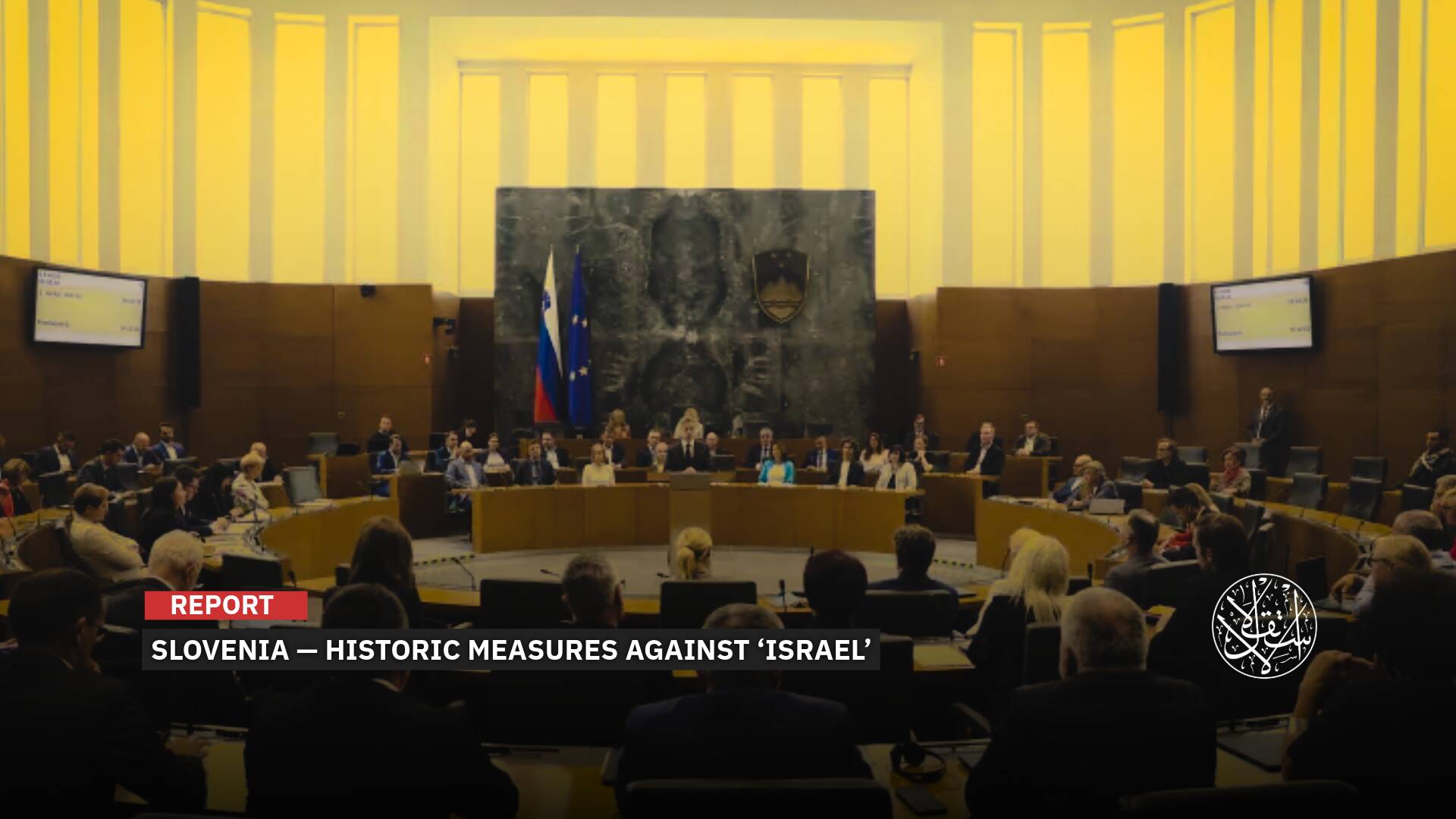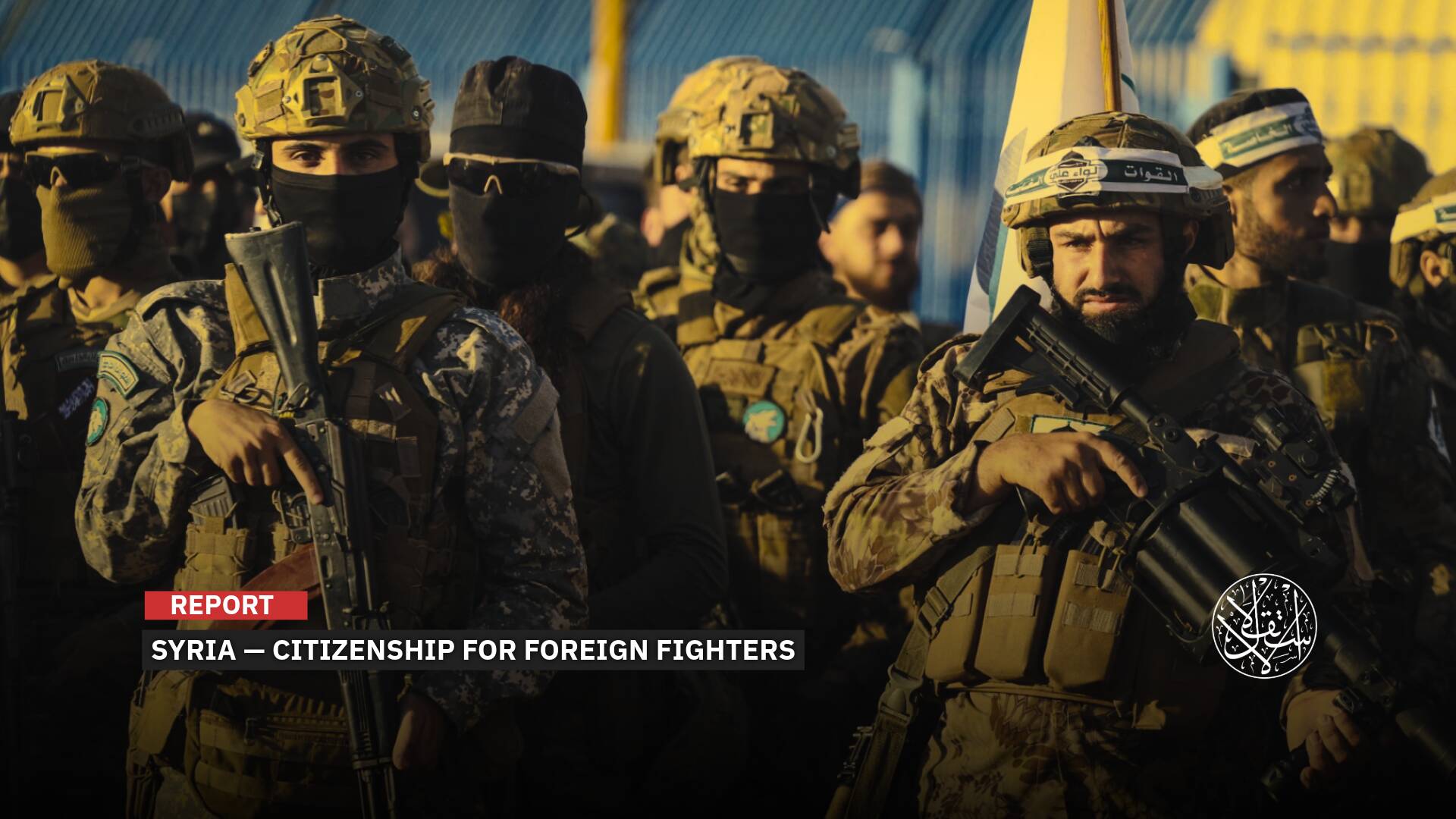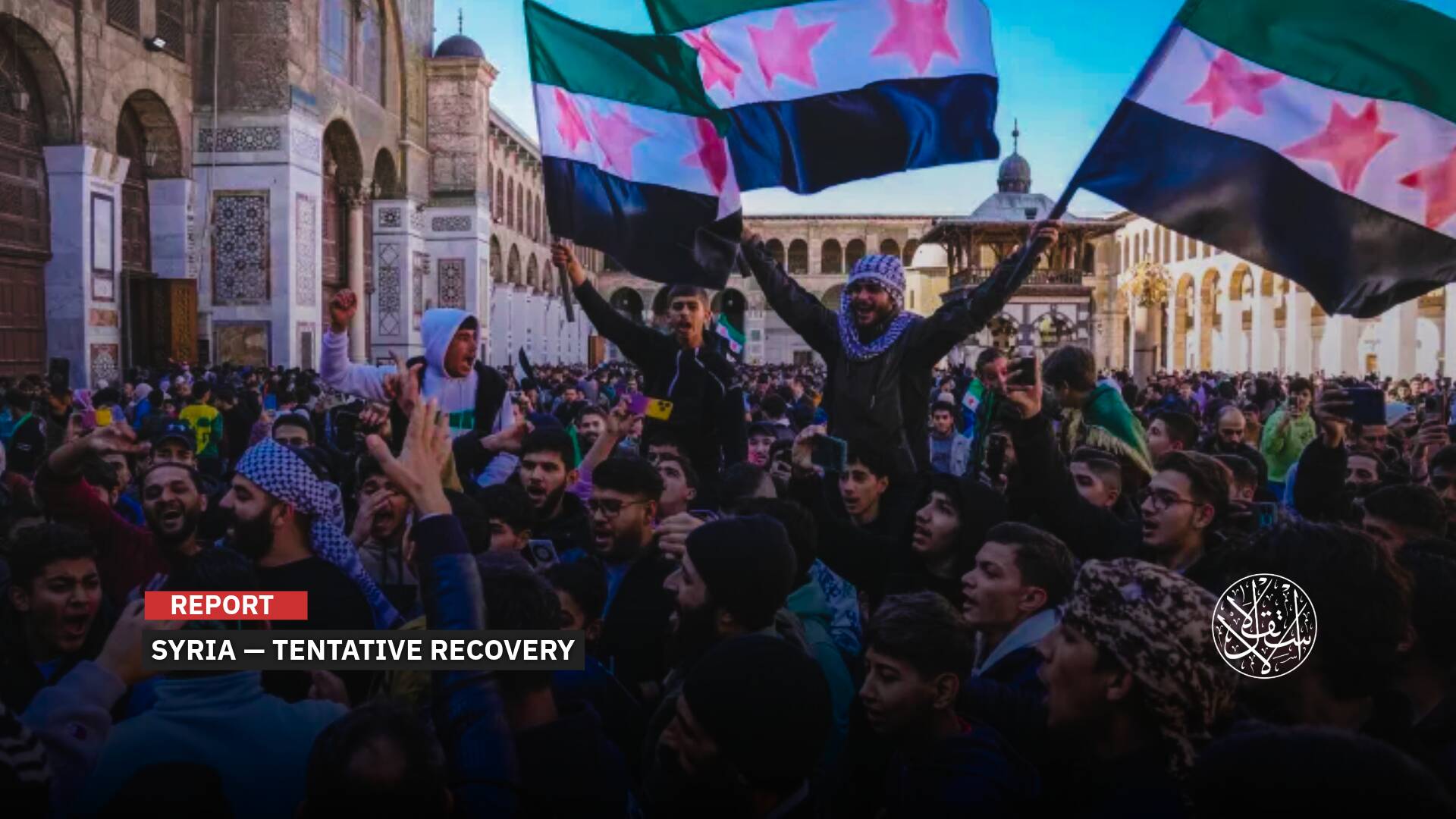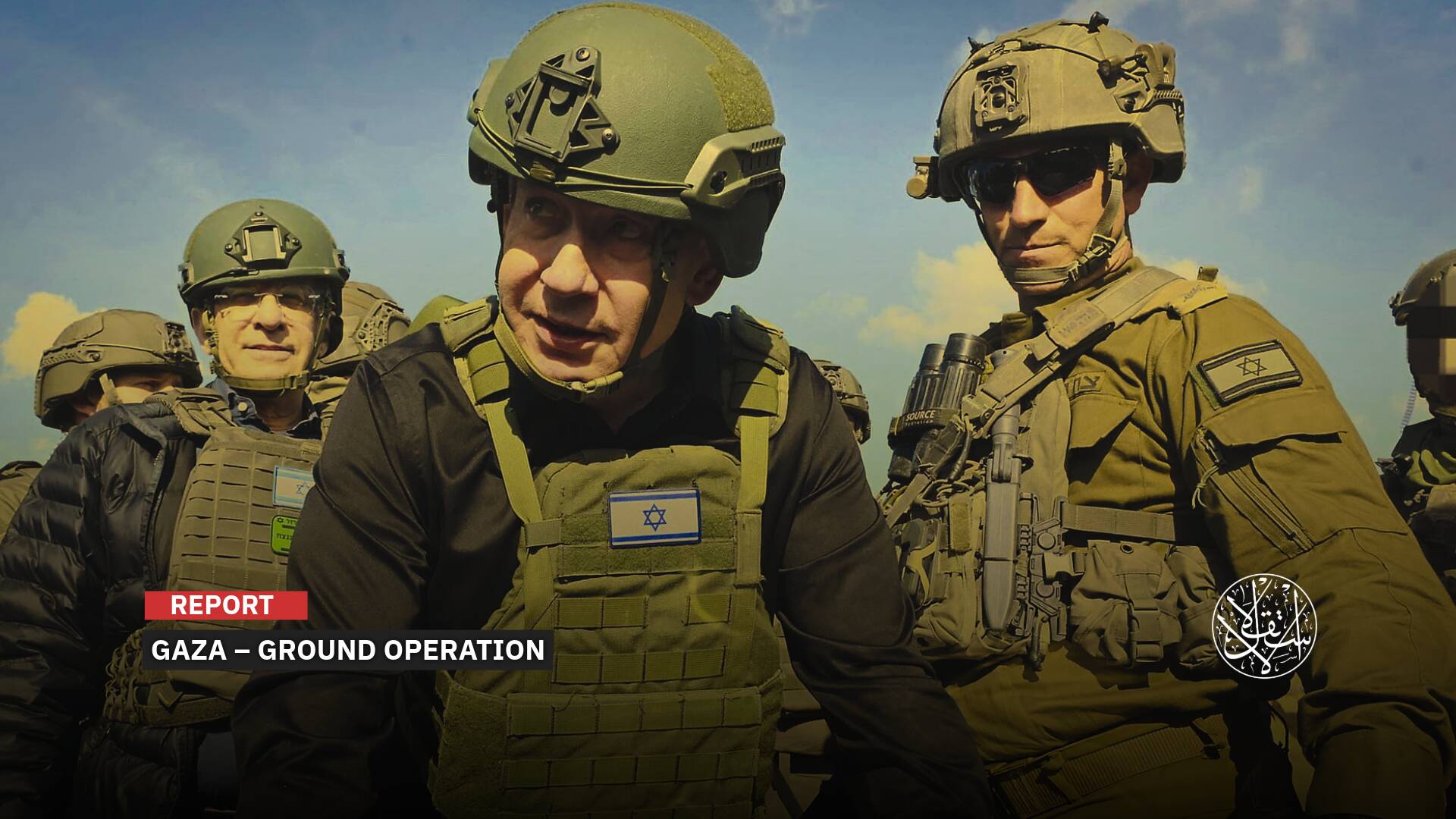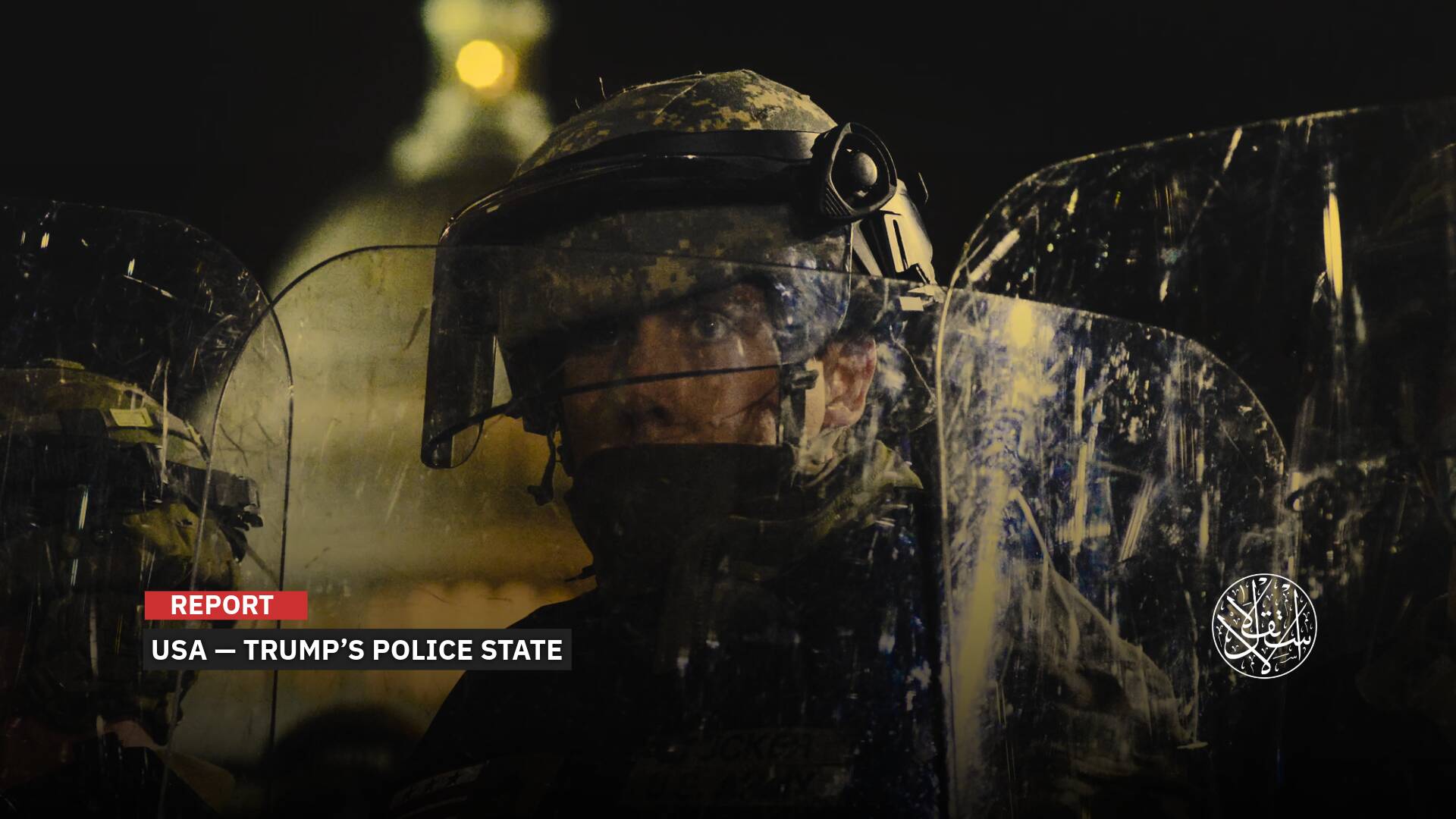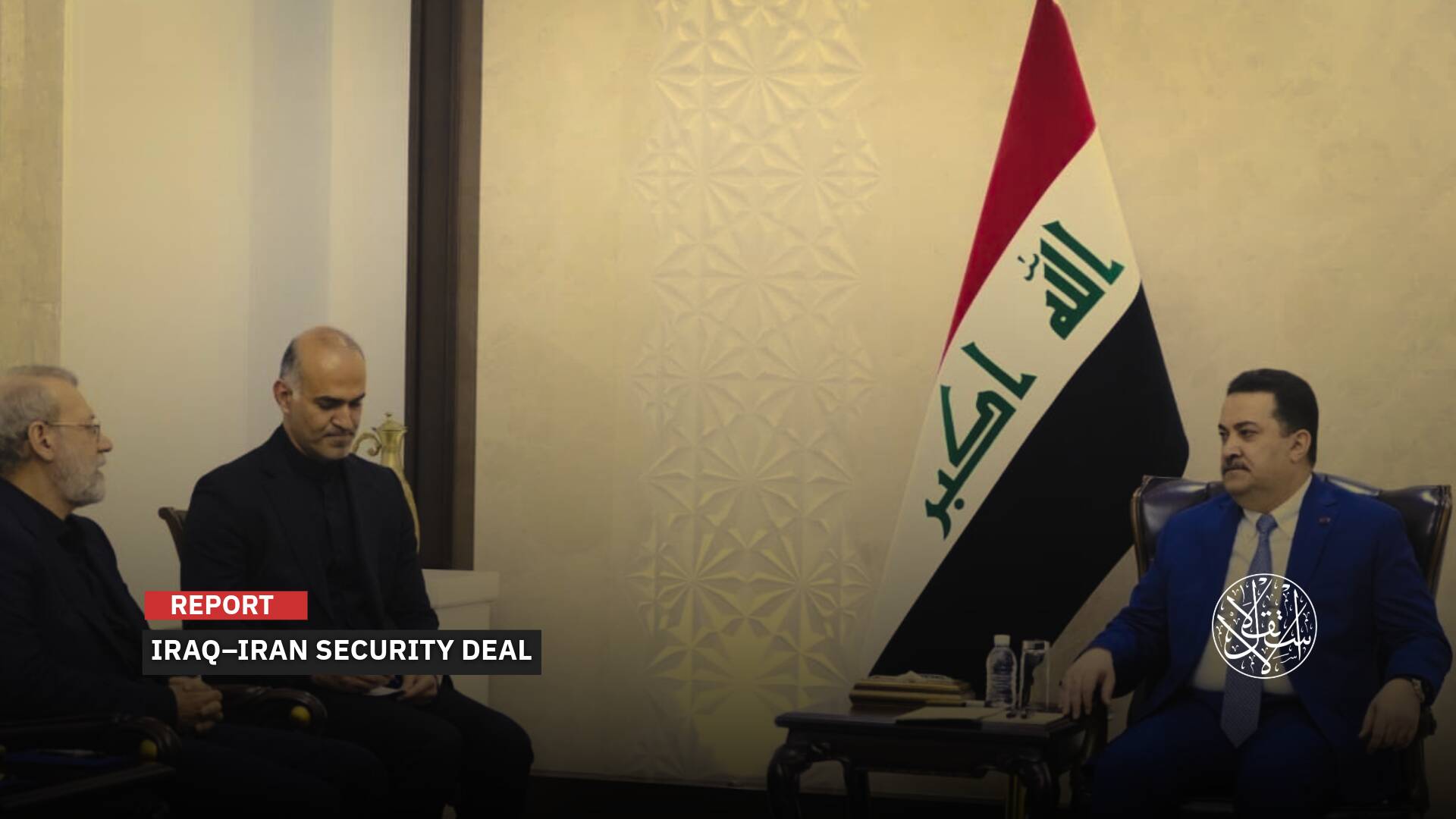A War with No End: How Israel Spins in a Vicious Circle Against Gaza’s Resistance
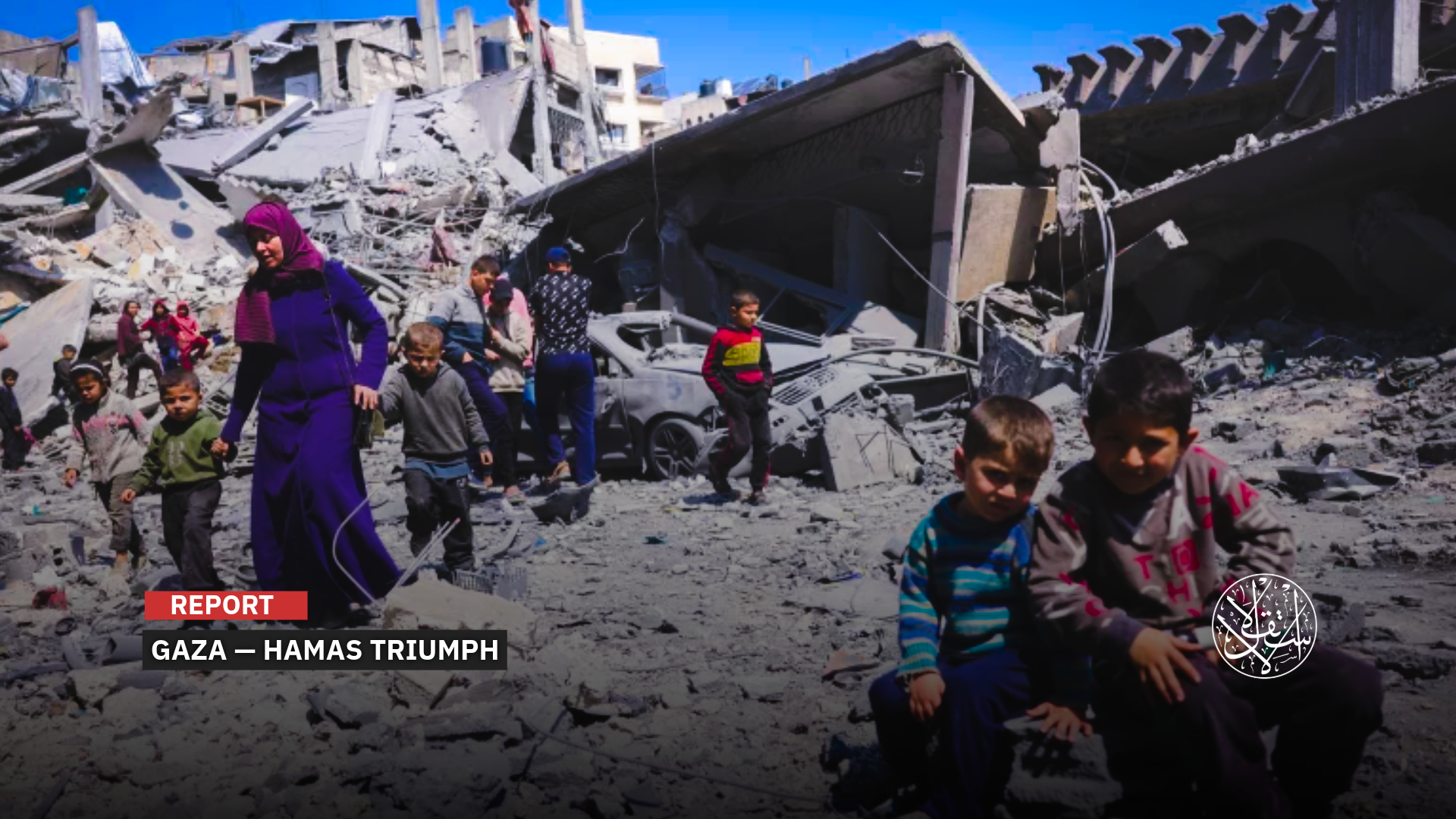
Israeli political leadership pushes a “fictional victory” narrative.
The Israeli failure to secure a “complete victory” in Gaza is no longer just an analytical reading or the interpretation of observers, but a reality that imposes itself through both explicit and implicit admissions from senior political and military leaders in “Tel Aviv.”
This failure is not confined to official statements or media discourse, but has extended onto the battlefield, where cracks have emerged within the Israeli Occupation Forces, with thousands of reservists refusing to report to their units and suicides among soldiers who fought in Gaza reaching unprecedented levels.
It comes amid mounting frustration over the inability to achieve the central objective declared from the first day of the war, October 7, 2023, namely the elimination of the Islamic Resistance Movement, Hamas.
Ongoing assessments pointing to the impossibility of defeating the group coincide with the army’s preparations to occupy Gaza City, a step that has been met with growing warnings over its potentially catastrophic consequences, from the killing of more Israeli soldiers to the fate of some 20 captives still held in the enclave.
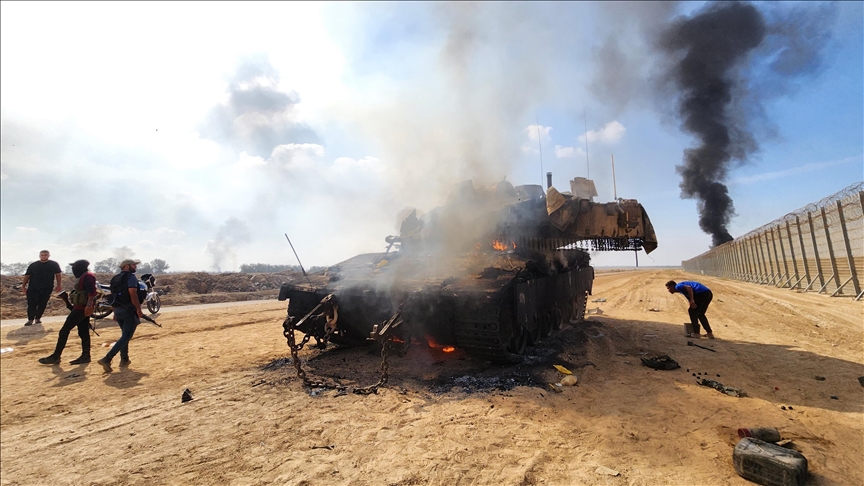
Admission of Defeat
In the same vein, statements from “Israel’s” political and security establishment have continued to underline that the eradication of Hamas is not a realistic goal.
Senior officials in the Military Intelligence Directorate, Aman, acknowledged on March 25, 2025, that “Israel” had failed to achieve any strategic gain since the outbreak of the war.
Former National Security Council chief Giora Eiland, on December 22, 2024, described the course of the war as a “catastrophic failure.”
He noted that Hamas swiftly reasserts control over areas in Gaza following any Israeli withdrawal, a warning that the postwar landscape is likely to look little different from what existed before the conflict began.
Retired reserve general Itzhak Brik said on December 9, 2024, that defeating Hamas was impossible, and accused the political leadership of promoting a “fictional victory narrative” that contradicts the realities on the ground.
Former Knesset member Haim Ramon accused the government of misleading the public, insisting that Hamas remains strong and capable of enduring.
Economic expert Eyal Ofer went further, describing the latest military operation, Gideon’s Chariots, as “one of the most failed operations in the army’s history.”
Ofer pointed out that the human cost of the operation, in terms of soldiers killed and wounded and the damage to the economy, was not matched by any achievement.
Within the military establishment itself, there is now a firm conviction about the futility of the war.
Former army spokesperson Daniel Hagari, on June 19, 2024, described the notion of eliminating Hamas as deceptive and unattainable.
In the same vein, a group of 19 former Israeli officials, including Ehud Barak and Tamir Pardo, collectively called for an end to the war and warned of an imminent strategic defeat.
They were followed on August 4, 2025, by around 600 former Israeli security officials who appealed to the United States to intervene and press Benjamin Netanyahu’s government.
Former chief of staff and ex-member of Netanyahu’s war cabinet, Gadi Eisenkot, after resigning on June 10, 2024, stressed that “absolute victory over Hamas is unrealistic.”
Retired general Gadi Shamni went further, stating plainly that “Hamas is winning the war” and that the army is losing control of areas once it withdraws from them.
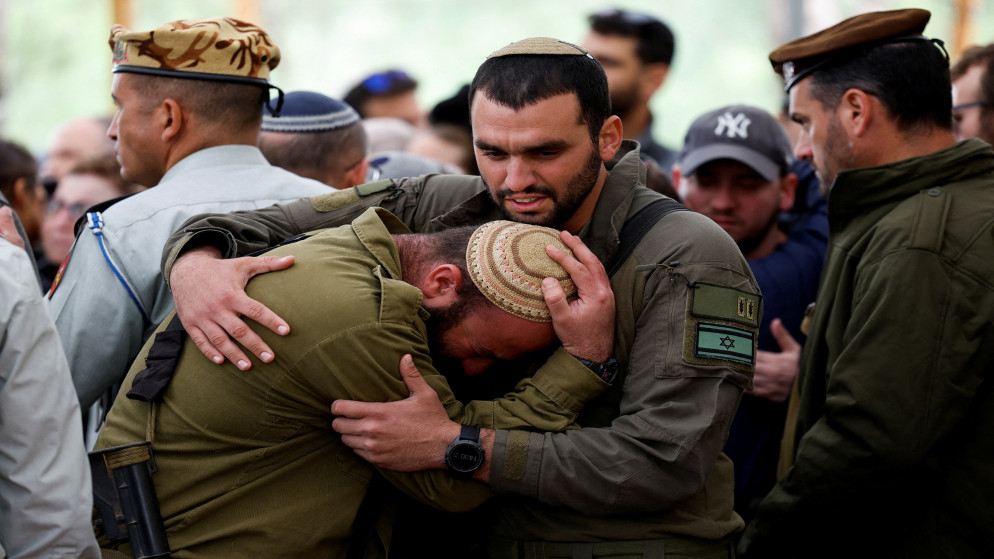
A Futile Battle
Researcher on Israeli affairs Saleh Ibrahim said there is a broad internal conviction in “Israel” that defeating Hamas militarily is impossible, and that the army is incapable of achieving the declared objectives of the war.
Speaking to Al-Estiklal, he noted that the leadership of the occupation army is fully aware of this, given the continued resistance confronting its forces in every area they attempt to storm.
“The one most conscious of the impossibility of defeating Hamas militarily is the Israeli chief of staff, Eyal Zamir. This is why he called for avoiding deeper entanglement in Gaza and for denying the resistance the opportunity to wear down his army and carry out deadly operations against it,” Ibrahim said.
This conviction, he said, crystallized during the Gideon’s Chariots operation, which Zamir had claimed beforehand would defeat Hamas, free the Israeli captives, and impose a new reality on the ground.
In reality, however, it changed nothing, and instead resulted in dozens of soldiers killed and hundreds more wounded.
The researcher stressed that what most alarmed Zamir during the Gideon’s Chariots operation was the resistance’s attempts to capture Israeli soldiers, at least two of which would have succeeded were it not for “Israel’s” use of the Hannibal procedure, which dictates bombing captives and their captors alike.
For this reason, the chief of staff believes that any deeper entrenchment of the occupation in Gaza’s sands will only magnify losses among soldiers, without achieving the goal of eliminating Hamas.
“Since the start of the war, no Israeli ground operation has met with as much opposition as the plan to occupy Gaza and force its residents southward,” he continued.
The reason for this opposition, he said, lies in the conviction across “Israel’s” political, military, and economic echelons that no military move is worthwhile, and that the only solution is a political one through a comprehensive deal with Arab guarantees that would secure the captives’ return and remove Hamas from governing the Strip.
According to Ibrahim, “Images of thousands of al-Qassam Brigades, Hamas’s military wing, after the previous ceasefire agreement came into effect on January 19, 2025, sent shockwaves through Israeli society.”
Questions were raised along the lines of: if these were al-Qassam Brigades, then who was it that we were killing during the war? What did we achieve after the occupation marketed the claim that it had annihilated Hamas fighters, a claim proven false and one that cast doubt over the entire narrative it had promoted about destroying their capabilities?
He stressed that the continuation of the resistance’s operations with such intensity and sophistication narrowed Benjamin Netanyahu’s room for maneuver, after he had celebrated and boasted when the army announced it had eliminated Hamas’s capabilities.
The occupation then returned, months later, to storm the same areas once again, only to be met with fiercer resistance and more elaborate ambushes, creating a sense of despair among the entity’s officials.
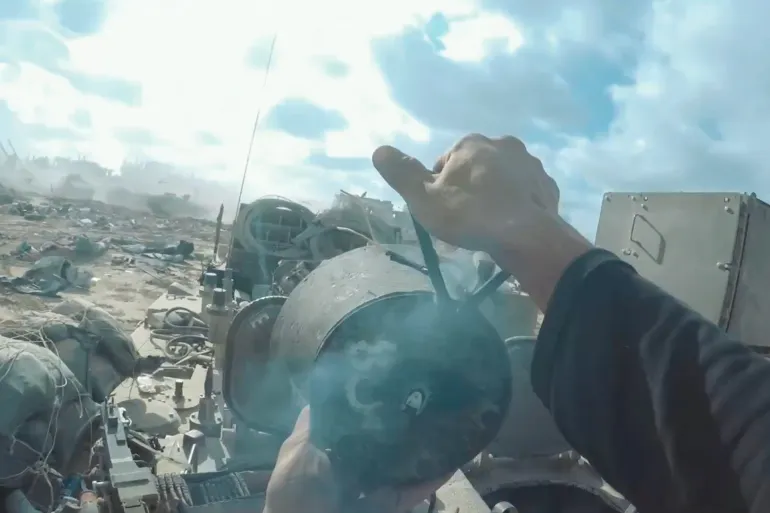
Resistance’s Field
Conditions on the ground in the Gaza Strip point to Benjamin Netanyahu’s failure to undermine Hamas’s governmental and military capacities, with the movement continuing to maintain security and civil control in all populated areas of the enclave.
Despite repeated incursions, the group still manages Gaza’s affairs through clandestine service networks, pays its employees’ salaries, and returns to areas from which the army has withdrawn.
Security agencies in the Strip are functioning effectively despite ongoing Israeli targeting, and during the war they even formed new forces to curb lawlessness, confront collaborators and gangs loyal to the occupation, and address other criminal phenomena.
The movement also continues to enjoy broad popularity and a strong grassroots base.
Israeli media meanwhile, repeatedly cite assessments from the Shin Bet internal security service that the al-Qassam Brigades have recruited thousands of Gazans into their ranks, bolstered their military capabilities, and resumed rearming.
Political researcher Abdullah al-Kassab said that many had predicted “Israel’s” failure to eliminate Hamas since the moment Netanyahu declared that goal as the foundation of the war.
But the course of the battle over nearly two years has offered a logical explanation for this failure and underscored “Israel’s” inability to dismantle Hamas’s military wing or disarm it in the near or even distant future.
Speaking to Al-Estiklal, al-Kassab said, “The goal of eliminating Hamas was, for Netanyahu, a gateway to prolonging the war, which is the condition for the survival of his government and ruling coalition, and for stalling his trials, thereby keeping him out of prison, even though he knew from the outset that the goal he had set would never be achieved.”
Al-Kassab stressed that the Palestinian resistance, particularly the al-Qassam Brigades, has learned a great deal during the ongoing battle, continuously developing its tactics, adapting to battlefield conditions, renewing its arsenal, and making its weapons more effective.
And although one might have expected resistance activity to decline as a result of the massacres and relentless bombardment, the outcome has been the exact opposite, with operations intensifying, becoming more effective, and causing a growing number of Israeli soldiers to be killed.
“Hamas’s renewable manpower is the key to the battle. The movement enjoys a broad popular base ready for recruitment, along with its ability to manufacture weapons even during the war, preserve the bulk of its tunnels, and develop new fighting methods, leaving the occupation trapped in a vicious circle,” he continued.
The researcher explained that the guerrilla warfare strategy adopted by the resistance has become increasingly exhausting for the Israeli Occupation Forces, with fighters using the rubble for concealment to ambush soldiers and vehicles, while also employing protective measures against surveillance systems as part of their adaptation to battlefield conditions.
They also worked to restore the tunnels. Some captives previously held by the Qassam Brigades reported that their guards were digging around the clock, which, according to him, indicates that the vast tunnel network has only grown larger and more extensive.
“Qassam’s releases show weapons development in action, from turning remotely detonated charges into bombs that explode at point-blank range inside vehicle cockpits, to converting unexploded Israeli ordnance into massive devices capable of destroying even the heaviest armored vehicles, and reprogramming Israeli drones to operate in its service,” he added.
All of this, he said, the fighters learned and implemented during the war and under bombardment.
It demonstrates the speed with which the resistance has adapted and evolved, and underscores the scale of the predicament into which the Israeli Occupation Forces have sunk.


